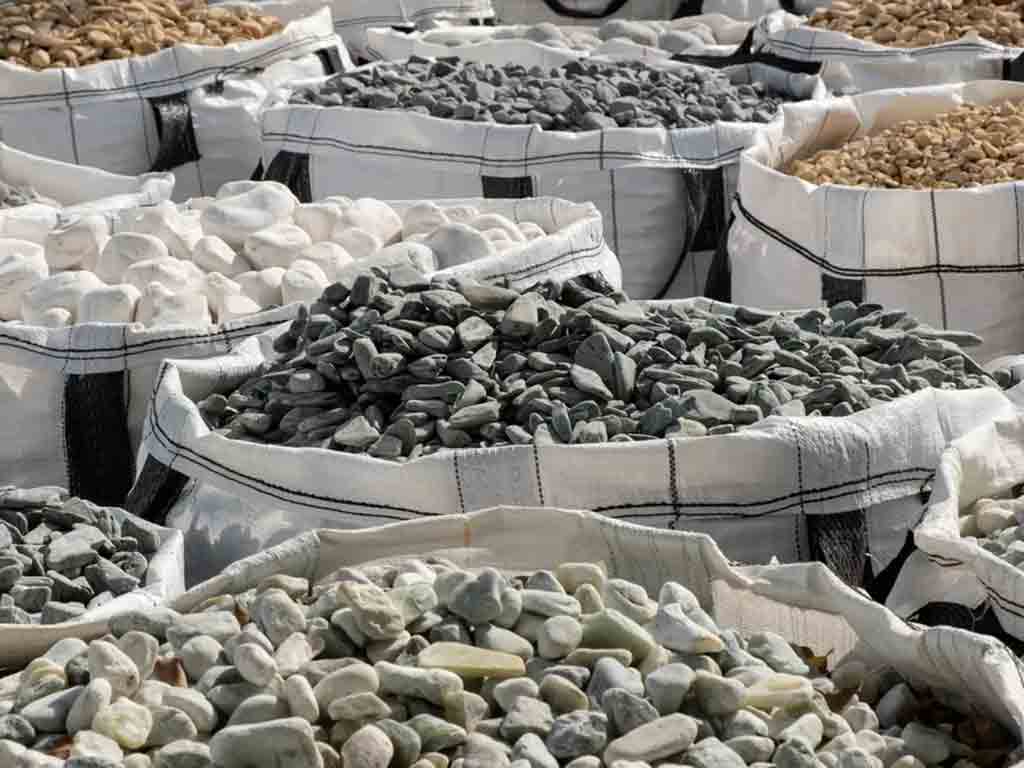The estimate came from the International Energy Agency (IEA) established in 1970s by the Organization for Economic Cooperation and Development (OECD), which is made up of a group of nations including Germany, Austria, Australia, Belgium, Canada, South Korea, Spain, the United States, France, the United Kingdom and Japan.
According to the report, pressure on the market for minerals used in e-vehicles, wind turbines, solar panels and other clean energy technologies eased in 2023, as supply outstripped growing demand.
The price of lithium dropped by 75% and those of cobalt, nickel and graphite by 30% to 45%, which contributed to the 14% drop in the price of batteries.
In the IEA’s view, the decline in sales values was “a headwind for new investment,” as in 2023, investment in mining of critical minerals grew by 10%, while exploration spending increased by 15%; i.e., at a slower pace than in 2022.
On a case-by-case basis, the IEA estimated that the announced investment projects would meet only 70% of copper and 50% of lithium needs in 2035, in a scenario in which all States meet their national climate targets.
Markets for other minerals appear more balanced in light of expected developments but announced projects do not change the high geographic concentration of supply, and China is expected to maintain a very strong position in the refining and processing sector, the OECD-affiliated body said.
The document, published on Friday, addresses several key dimensions: supply and geopolitical risks, obstacles to responding to supply disruptions, and exposure to environmental, climate, social and governance hazards.
As such, it found lithium and copper to be the most vulnerable to supply and volume risks, while graphite, cobalt, rare earths and nickel face more significant geopolitical risks.
Pll/lam/mjm









